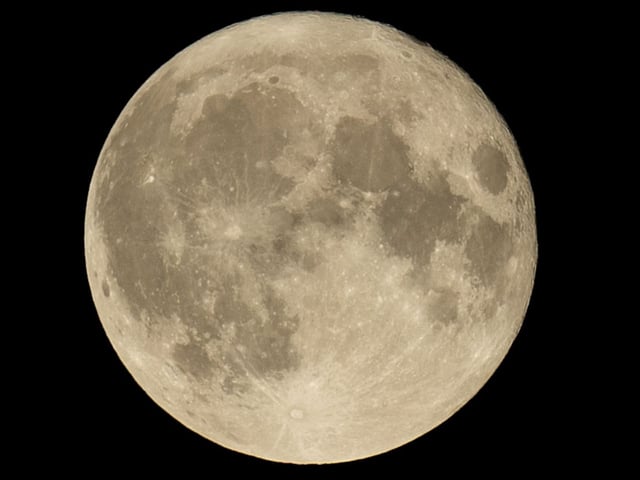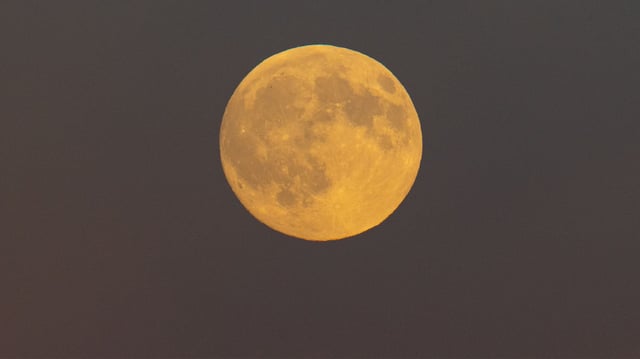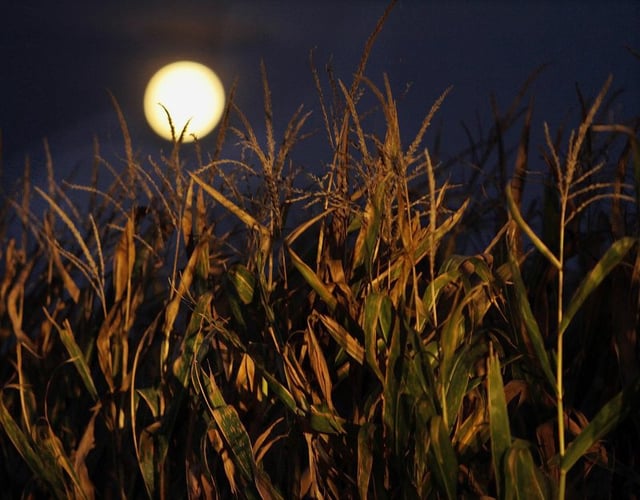Overview
- The first supermoon of 2025 peaks the night of October 6–7, with U.S. peak illumination reported around 11:47–11:48 p.m. ET and near-full views continuing into Tuesday and Wednesday.
- Additional supermoons are set for November 5 and December 4, with some astronomers also counting the January 3, 2026 full moon under looser definitions.
- NASA defines a supermoon as a new or full moon occurring near perigee; such moons can appear up to about 14% larger and 30% brighter than the year's faintest full moon, though the difference is usually subtle to the eye.
- Local forecasters report higher-than-normal coastal tides for several days around the event, with potential for minor to moderate flooding in vulnerable areas.
- Best viewing is at moonrise after dusk with a clear view of the eastern horizon, no telescope required, and the low-on-the-horizon “Moon illusion” may make it look biggest.



